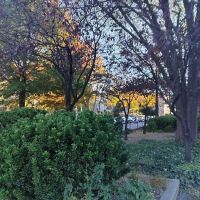Broadway Malls Introduce
The Broadway Malls, located in New York, NY 10031, represent a distinctive and vital urban green space woven into the fabric of Manhattan, specifically traversing the neighborhoods of Manhattanville and Hamilton Heights. This continuous ribbon of parkland is far more than just a series of traffic medians; it is a historical landmark, a vibrant ecological corridor, and a beloved community asset. As a scenic spot, Broadway Malls offers a refreshing contrast to the bustling city, providing a tranquil and aesthetically pleasing environment for residents and visitors alike.
The origins of Broadway Malls date back to 1855 when the City first acquired the land for what was then known as Bloomingdale Road. A significant redesign took place from 1867 to 1869, culminating in the opening of the new “Boulevard” in 1869. This transformation was inspired by the grandeur of the Champs Élysées in Paris, aiming both to enhance property values in the area and to provide employment for workers who had been laid off following the completion of Central Park. The newly conceived Boulevard featured a generous 160-foot-wide right-of-way, flanked by twin rows of elm trees on each 15-foot sidewalk. Critically, it also incorporated 30-foot-wide landscaped medians with broad, planted walk-through malls, laying the groundwork for the green spaces we see today. The malls as they largely appear today were established in 1904 after the cut-and-cover construction of the IRT subway line altered the original layout. Over the decades, these linear parks have evolved, with Parks gaining jurisdiction in 1908 and subsequent redesigns and renovations, including significant efforts in the 1970s and 80s, and ongoing restoration projects.
The environment of the Broadway Malls is characterized by its linear park design, extending nearly 5 miles along Broadway from 60th Street to 168th Street, encompassing approximately 10.6 acres of green parkland. Each individual mall segment, on average, measures about 240 feet in length and 20 feet in width. While historically broader, they now serve as traffic medians, beautifully landscaped with a diverse array of plant life. These malls are lined with mature shade trees, contributing significantly to the urban canopy and offering respite from the sun. The presence of large trees is sustained partly due to generally deep soil, allowing for robust root systems. At the north and south ends of nearly every mall segment, visitors will find thoughtfully designed gardens or "end beds," typically measuring 9 by 11 feet. These gardens are meticulously planted with a variety of shrubs, roses, perennials, ornamental grasses, and annuals, ensuring year-round visual interest and a rich display of colors and textures that engage the senses.
Beyond their aesthetic appeal, the Broadway Malls function as vital ecological spaces within the urban landscape. They are undergoing a significant restoration project aimed at addressing age-related issues and climate change impacts, with an emphasis on creating "The Great Green Way." This initiative involves the planting of over 3,000 new native trees, shrubs, grasses, and perennials in each mall. The design process for these plantings is highly tailored, considering the unique "microclimates" of each mall segment, which can vary greatly in sun exposure, wind patterns, and soil type. This careful selection of native plants is intended to create more resilient and distinct environments, promoting biodiversity and requiring less water and maintenance once established. The goal is to establish a truly sustainable wild garden in the center of Broadway, enhancing the ecological value of these spaces.
In terms of services and features, the Broadway Malls offer several amenities designed to enhance the user experience. Benches are strategically placed at the end beds of the malls, adjacent to pedestrian crosswalks at each intersection. These seating areas provide a welcome spot for community residents and visitors to pause, sit, read, or engage in social interaction under the shade of the trees. The malls have evolved into active community hubs, fostering multi-generational interactions and informal gatherings. The Broadway Mall Association, a non-profit organization, plays a crucial role in the care and advocacy for these malls, often working in partnership with the NYC Department of Parks and Recreation and local community members.
A notable feature of the Broadway Malls is their commitment to public art. The Broadway Mall Association frequently curates and hosts rotating exhibitions of world-class public art installations within the malls. These art pieces are carefully selected to reflect the distinct and diverse communities that surround and utilize the malls, adding an additional layer of cultural enrichment to the green spaces. Such installations contribute to the dynamic character of the malls, offering new visual experiences throughout the year and encouraging engagement with the environment.
Promotional information highlights the Broadway Malls as a crucial environmental resource in upper Manhattan. They are championed for providing environmental, social, and economic benefits to the surrounding neighborhoods, including the Upper West Side, West Harlem, Morningside Heights, and Hamilton Heights. The ongoing restoration project, aimed at making the malls more sustainable and beautiful, is a key promotional point, inviting the public to witness and benefit from this transformation. The emphasis on native plant species and the creation of a "Great Green Way" underscores a commitment to ecological health and a greener future for the city.
Furthermore, the malls are promoted as urban oases, offering fresh air and a sanctuary from the urban hustle. The presence of numerous flowering plants in recent restoration efforts is specifically intended to attract pedestrians and encourage greater engagement with these green spaces. The historical significance, coupled with continuous improvements and active community involvement, solidifies Broadway Malls' position as a valuable scenic spot and a cherished public amenity in New York City. They are not merely landscaped medians but a living, evolving park system that embodies the city's commitment to green infrastructure and quality of life.
Broadway Malls Photos
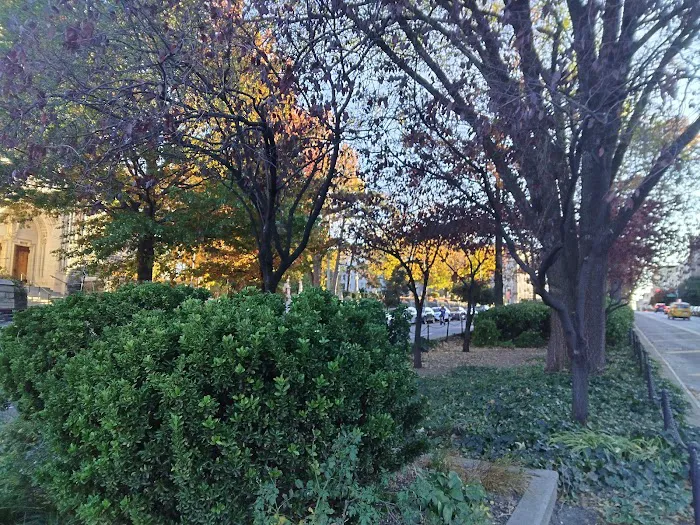
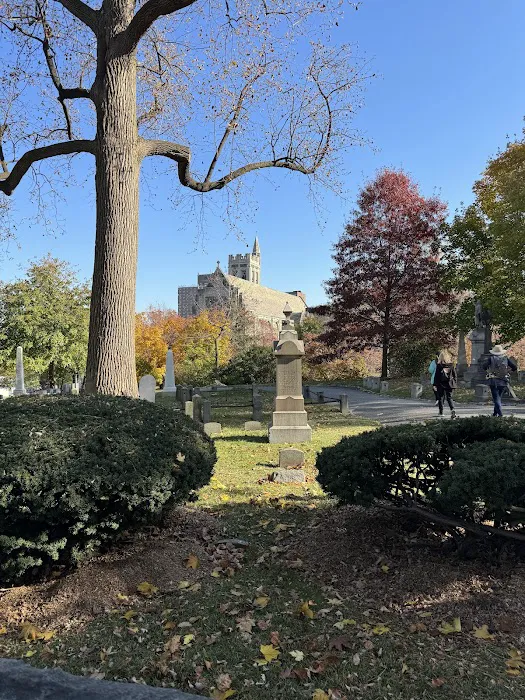

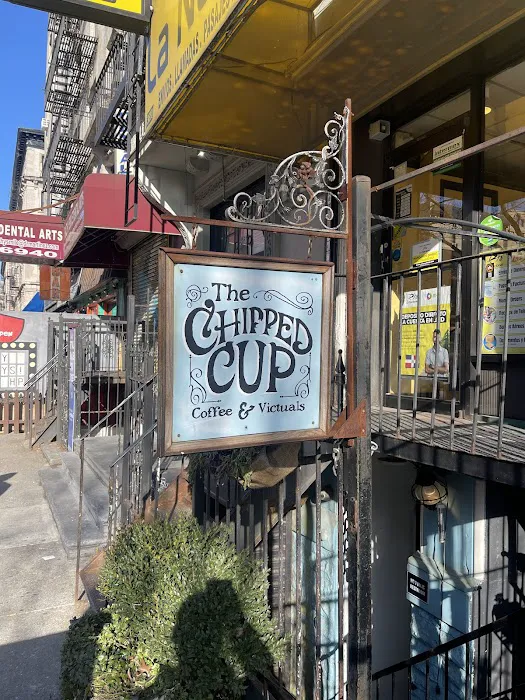



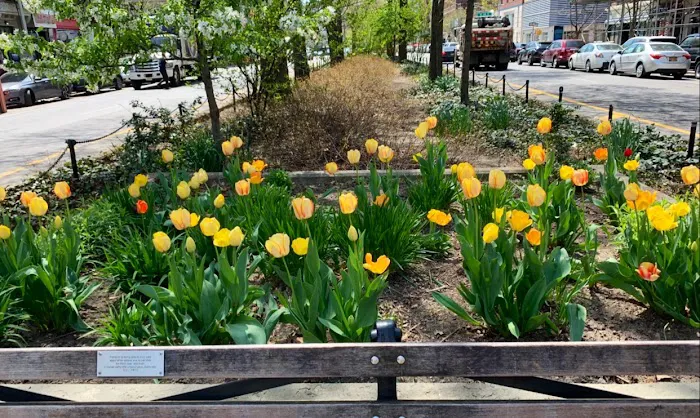

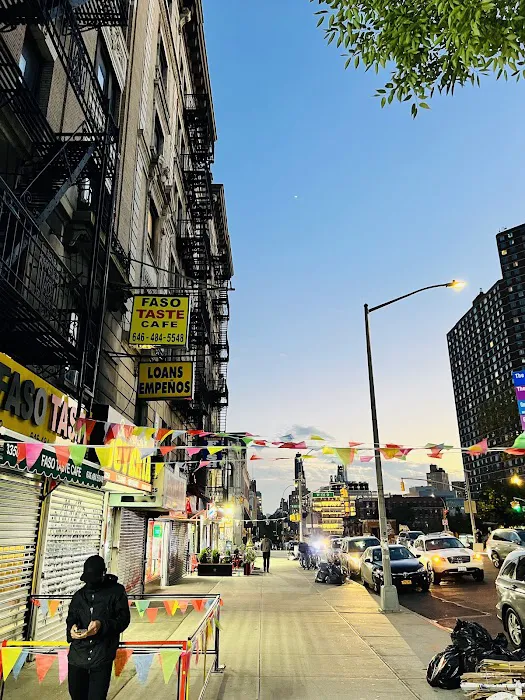
Broadway Malls Location
Broadway Malls
New York, NY 10031, USA
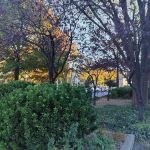 Broadway Malls
Broadway MallsNew York
 Serenity Garden
Serenity Garden526 W 146th St
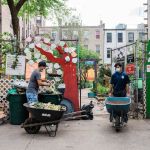 Frank White Memorial Garden
Frank White Memorial Garden506 W 143rd St
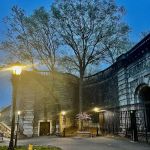 10031
10031New York
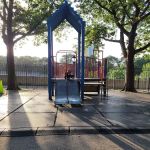 142nd Street Dog Run
142nd Street Dog Run675 Riverside Dr
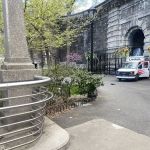 Ralph Ellison Plaza
Ralph Ellison PlazaRiverside Dr &
 Donnellan Square
Donnellan Square397 W 150th St
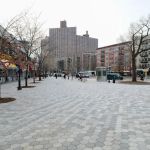 Montefiore Square
Montefiore SquareHamilton Place &
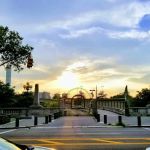 Riverside Valley Community Garden
Riverside Valley Community Garden699 W 138th St
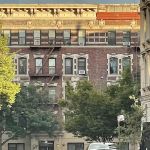 Saint Nicholas Avenue
Saint Nicholas AvenueSt Nicholas Ave
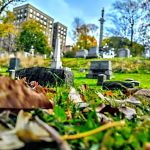 John Jacob Astor IV Grave
John Jacob Astor IV Grave676 4100 W 155th St
 William A. Harris Garden
William A. Harris GardenW 153rd St
 Travellers Haven B&B New York, NY
Travellers Haven B&B New York, NY516 W 135th St
Broadway Malls Reviews
through the neighborhoods of Manhattanville and Hamilton Heights. The City first acquired the land for Broadway, or Bloomingdale Road, as it was once known, in 1855. From 1867 to 1869 Bloomingdale Road was redesigned, and in 1869 the new “Boulevard” opened, modeled after the Champs Elysées in Paris. Intended both to raise property values in the area and employ workers laid off by the completion of Central Park, the Boulevard featured a 160 foot-wide right-of-way, twin rows of elm trees on each 15-foot sidewalk, and 30 foot-wide landscaped medians with broad, planted walk-through malls.
Jul 22, 2024 · Jeremiah Avrilios Mandoras- Dec 12, 2023 · Rafael Arvelo
More Scenic Spot
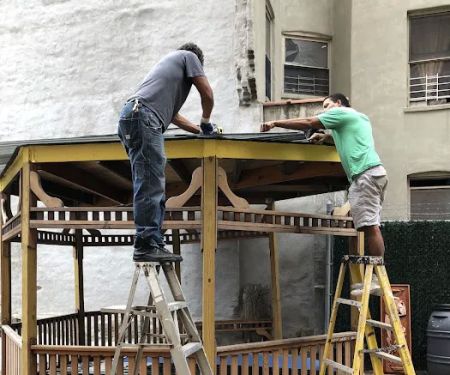 Serenity Garden3.0 (7 reviews)
Serenity Garden3.0 (7 reviews)526 W 146th St, New York, NY 10031, USA
 Frank White Memorial Garden4.0 (7 reviews)
Frank White Memorial Garden4.0 (7 reviews)506 W 143rd St, New York, NY 10031, USA
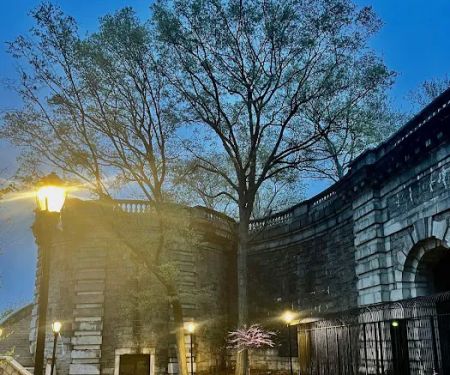 100310.0 (0 reviews)
100310.0 (0 reviews)New York, NY 10031, USA
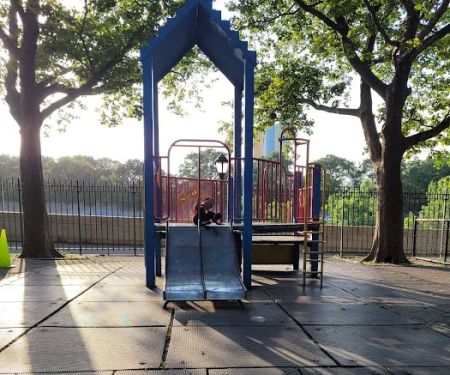 142nd Street Dog Run4.0 (187 reviews)
142nd Street Dog Run4.0 (187 reviews)675 Riverside Dr, New York, NY 10031, USA
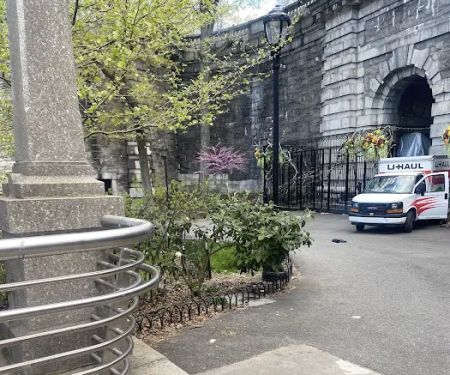 Ralph Ellison Plaza4.0 (4 reviews)
Ralph Ellison Plaza4.0 (4 reviews)Riverside Dr &, W 150th St, New York, NY 10031, USA
 Donnellan Square4.0 (57 reviews)
Donnellan Square4.0 (57 reviews)397 W 150th St, New York, NY 10031, USA
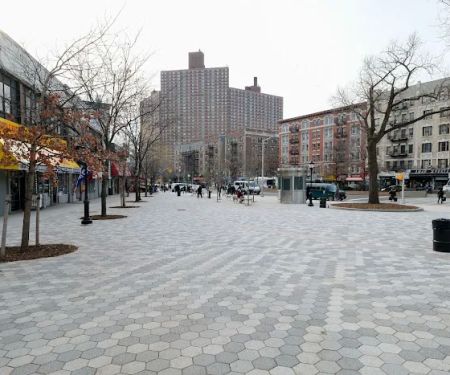 Montefiore Square3.0 (70 reviews)
Montefiore Square3.0 (70 reviews)Hamilton Place &, W 138th St, New York, NY 10031, USA
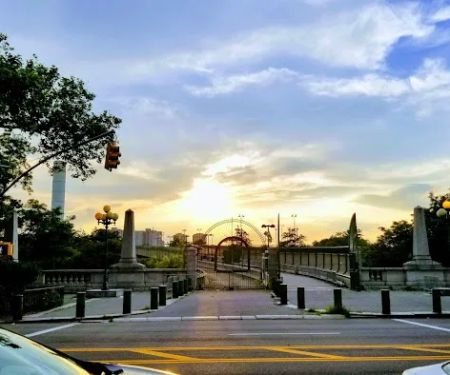 Riverside Valley Community Garden4.0 (130 reviews)
Riverside Valley Community Garden4.0 (130 reviews)699 W 138th St, New York, NY 10031, USA
 Saint Nicholas Avenue0.0 (0 reviews)
Saint Nicholas Avenue0.0 (0 reviews)St Nicholas Ave, New York, NY 10031, USA
 John Jacob Astor IV Grave4.0 (4 reviews)
John Jacob Astor IV Grave4.0 (4 reviews)676 4100 W 155th St, New York, NY 10032, USA
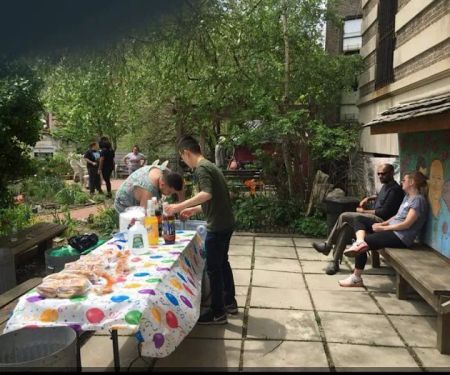 William A. Harris Garden3.0 (27 reviews)
William A. Harris Garden3.0 (27 reviews)W 153rd St, New York, NY 10032, USA
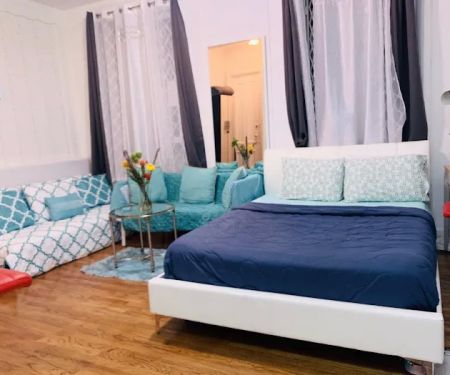 Travellers Haven B&B New York, NY4.0 (7 reviews)
Travellers Haven B&B New York, NY4.0 (7 reviews)516 W 135th St, New York, NY 10031, USA
Categories
Popular Camping Sites
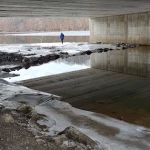 Fisherman's Park4.0 (23 reviews)
Fisherman's Park4.0 (23 reviews) Tenafly Nature Center4.0 (373 reviews)
Tenafly Nature Center4.0 (373 reviews) Sinatra Park4.0 (2647 reviews)
Sinatra Park4.0 (2647 reviews) Haverstraw Bay Park4.0 (933 reviews)
Haverstraw Bay Park4.0 (933 reviews) Scout Field4.0 (151 reviews)
Scout Field4.0 (151 reviews) Alexander's Alley0.0 (0 reviews)
Alexander's Alley0.0 (0 reviews)Trending Camping Blog Posts
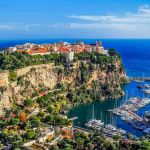 Top Group Travel Destinations in Europe: Best Places for Group Vacations
Top Group Travel Destinations in Europe: Best Places for Group Vacations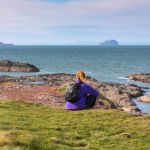 How to Get Involved in Travel Clans for Social Travel: Explore Group Travel Opportunities
How to Get Involved in Travel Clans for Social Travel: Explore Group Travel Opportunities Best Travel Clans for Sustainable Travel
Best Travel Clans for Sustainable Travel Best Group Vacation Destinations for Friends: Ultimate Travel Ideas
Best Group Vacation Destinations for Friends: Ultimate Travel Ideas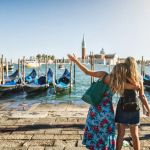 Travel Clans for Solo Travelers Looking for Company: Join Unique Travel Communities
Travel Clans for Solo Travelers Looking for Company: Join Unique Travel Communities Best Travel Clans for Women Traveling Together
Best Travel Clans for Women Traveling Together 
